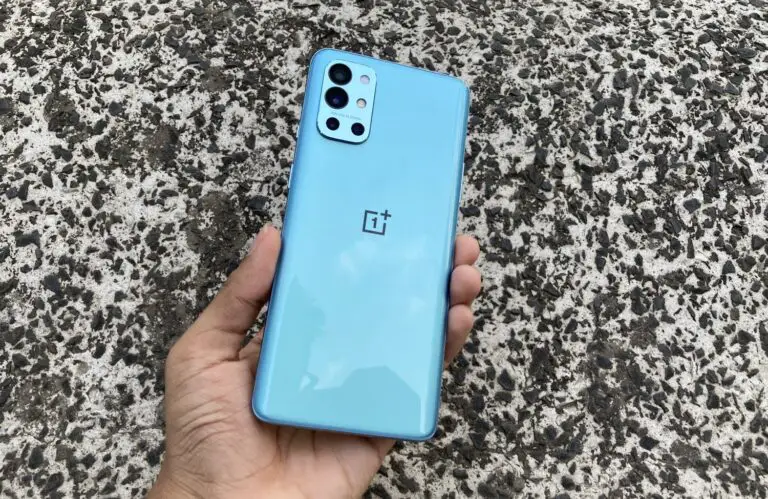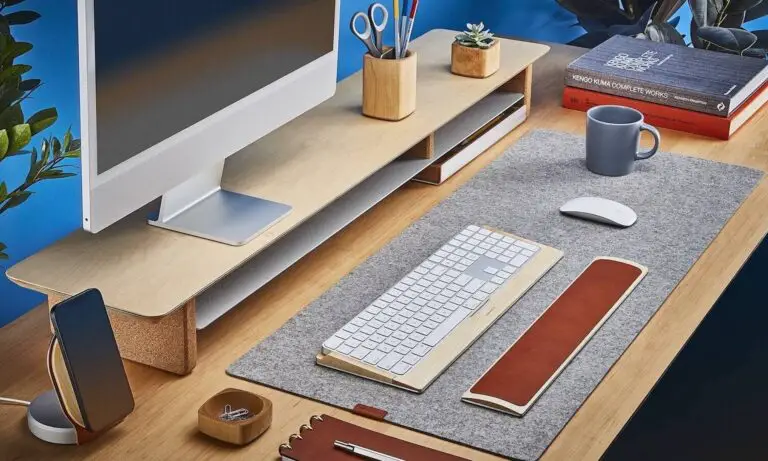Secret codes to check whether your Samsung phone sensors are working or not
There are many sensors that facilitate certain functions available on your phone. However, sometimes they can malfunction, break this or that feature. Now, if you have a Samsung smartphone, it is quite easy to find faulty hardware using secret codes. In this article, let's take a quick look codes to check whether your Samsung phone's sensors are working or not.
Secret codes to check whether your Samsung phone sensors are working or not
Samsung smartphones come with a built-in diagnostic tool to test all hardware, including device sensors. You can use it to check your phone for faults or when buying a used phone to make sure it is in working order.
To access the hidden diagnostic tool you need to enter the secret code *#0*# in your Samsung phone's dialer app. As you type, this will automatically take you to diagnostic mode - you don't need to press the dial button. If not, the feature is probably disabled on your device.
Now once you are in the HwModuleTest screen you will see options for testing a plethora of options including a dedicated section for “Sensors”. You can choose one of the tests to verify the specified hardware or functionality.
1. Accelerometer
The accelerometer helps detect the orientation and movement of your phone on all three axes. It is used in many functions including motion capture in games, pedometer, and automatic rotation.
To check if this is working correctly, select the test and press one of the “Image Test” or “Graphic” options to measure landscape-to-portrait transition and motion detection, respectively.
2. Proximity sensor
The proximity sensor is the little black dot near your phone's earpiece. It is used to automatically turn off the screen when the user holds the phone close to their face during a call. This is done to prevent accidental contact and battery consumption by the screen.
To test the function, place your palm or other object on the proximity sensor. The screen will turn green, indicating that the sensor is working properly. If not, there is a problem with the proximity sensor.
3. Light sensor
The light sensor detects the ambient light around your phone, controlling the auto brightness function. To test the sensor, select it and expose the front of your phone to different light levels, such as dark to bright. The value will change from level 1 in darkness to level 3 in extremely bright areas. Moreover, it will also show you the light intensity in lux.
4. Barometer
A barometer is a passive sensor that measures pressure and relative altitude, which helps correct altitude readings by GPS. To test the barometer sensor, press "Barometer Selftest" and within seconds you will know if it is working or not.
5.Gyroscope
By tracking the rotation or twisting motion, the gyroscope adds precision to the information provided by the accelerometer sensor. It kicks in whenever you play a racing game on your phone and do little tilts to steer.
It can be tested manually by selecting the “graph” or “display” options in the Gyroscope menu. There is also an option for “Gyro Selftest” to automatically check the functionality.
6. Magnetic sensor
The magnetic sensor, also known as a magnetometer, measures the local magnetic field as well as the earth's magnetic field. To check the magnetometer, simply select the "Selftest" station, on which your phone will automatically perform the test. You can also select the "Power Noise Test" and run a magnet around your phone to check it manually.
7. Heart rate monitor
Many Samsung phones, especially in the flagship category, come with an optical-based heart rate monitor. To test the sensor, select HRM, place your finger on the sensor and press start. It is usually given on the back, in addition to the camera and flash.
8. Fingerprint scanner
Are you having issues with your fingerprint scanner? To test the same, select Fingerprint, then select “Normal Scan”. It will automatically check if all components are functional. Moreover, you can head to the sensor information to know the firmware version, UID and other details.
9. Gripping sensor
Some Samsung phones have a grip sensor to detect your grip. To test the function, select the Gripsensor option in HwTestModule (in the main menu). Follow the on-screen instructions and release your grip when prompted. You will get a blue screen indicating that the sensor is working properly.
10. Hall Sensor IC
The Hall effect sensor detects the nearby magnetic field. It is used to lock or turn off the phone display whenever a magnetic flip cover touches the screen. To check the Hall sensor, go to the main screen of HwTestModule, select Hall IC. You can test it by using a coin on the sensor.
Secret codes for Test other hardware on your Samsung phone
Besides the sensors, the diagnostic tool also allows you to test other functions of your Samsung smartphone. These options are given in the main screen of the HwTestModule itself, unlike the separate “sensor” menu for the device sensors.
1. Screen color (RGB)
Did you notice the Red, Green and Blue options in the HwTestModule? Well, you can use all three options to check the color spectrum of your phone screen. Touch each option to make the corresponding color glow on the screen. This will help you check the screen for any issues.
2. Dimming
The gradation will show you red, green and blue colors across the spectrum (from light to dark). You can tap the screen to toggle between dimming and brightening. You can use it to check your screen for dead pixels and color issues.
3. Touch
This is another test related to your screen, which can check whether the touch detection is working or not. To start the test, click on "Touch" and draw the squares on the screen to complete the box marked X. You can exit the window by pressing the volume up button.
4. Main and front camera
Cameras are an essential part of your phone. You can use the “Mega Cam” and “Front Cam” options to test rear or selfie cameras. You will need to click on an image that will be automatically saved in the device's gallery. So be sure to delete the image once the test is complete.
5. Iris Camera
The Iris camera is nothing but the IR (infrared) sensor which captures your eye information to unlock the phone. Press the "Iris Camera Test" button, line up your eyes with the camera, and wait for it to do the job.
6. MST and MLC tests
MST, aka Magnetic Secure Transmission, helps power Samsung Pay. It reproduces a card swipe by sending data by magnetic waves to other devices.
On the other hand, MLC is a type of technology used in fingerprint sensors. Both tests are intended for developers and may not require your attention.
7. Testing the barcode emulator
This test checks your phone's ability to generate barcodes. Using this option, you can generate each type of barcode and scan them with a barcode scanner to check if they are read correctly. Again, this test may not be necessary for the average consumer.
8. LED
The LED test examines the functionality of your phone's LED notification light. It's pretty simple - open the test and tap the screen to change the LED color from red to green and blue. Press again to exit the menu.
9. Low frequency
Using the low frequency, you can test your earpiece for different frequencies, including 100Hz, 200Hz, and 300Hz. Once you've verified that you can hear a low hum coming from the earpiece, exit the test.
10. Subkey
The subkey checks all hardware buttons on the device, including volume buttons and power buttons. Press each button to change the screen color, which implies that all controls are working properly. You can press Exit to return to the main diagnostic screen.
12 Sleep
Press Standby to automatically put your phone in standby mode with its screen off. You can unlock it as usual, and it will take you back to the diagnostic page.
13. President
To test your phone's speakers, tap Speakers and listen to the audio playback. Once you have confirmed that the speakers are working perfectly, press the "Speaker" button again to complete the test.
14. Receiver and vibration
The Receiver button checks if the receiver of your Samsung phone is working properly. The test will show you a white screen with an audible tone, which you can press the back button twice to complete the test.
Finally, you can test your phone's vibration motor using the "Vibration" option. Using it will show a black screen alongside constant vibration. Once you are satisfied, tap the screen to exit the menu.
pack
We hope you can now check whether the sensors on your Samsung phone are working or not. Along with that, we also mentioned testing for other functions including hardware button, camera, screen, etc. Note that the feature may not work on some devices. Also, as mentioned, some tests are just for developers.
Also, read 10 tips and amp; OneUI 2.0 tips for Samsung phones
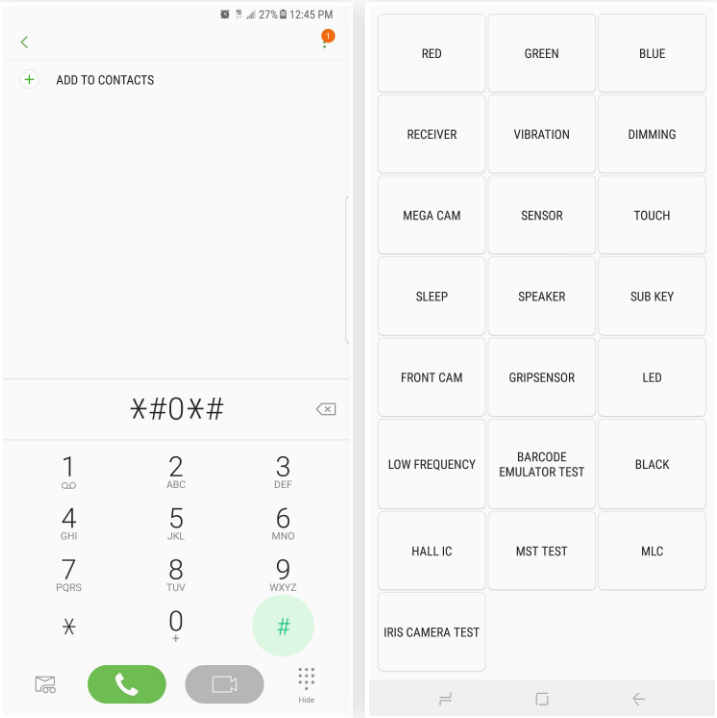















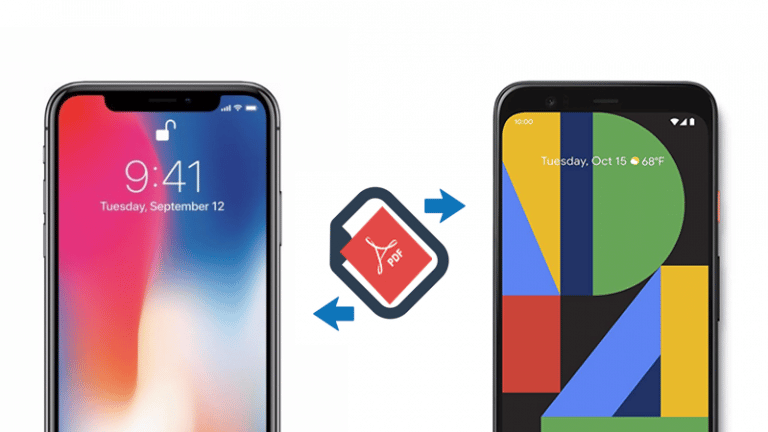
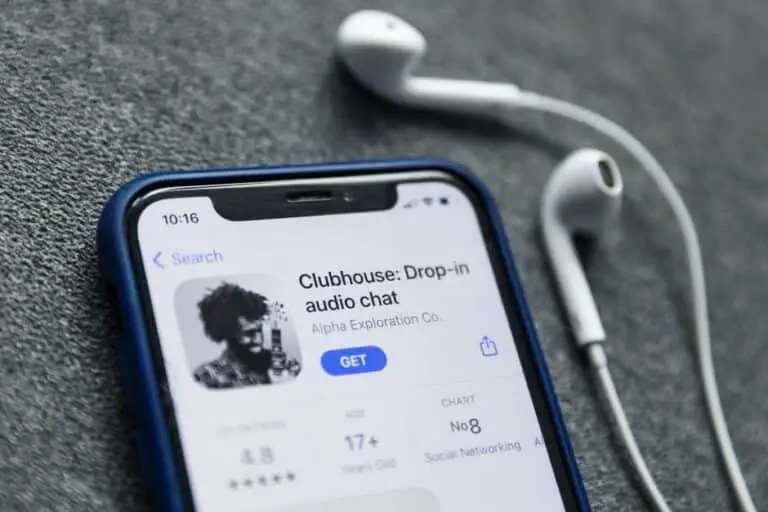
![This Safari extension replaces the YouTube video player with one that supports PiP and more [U]](https://www.neuf.tv/wp-content/uploads/2021/12/Cette-extension-Safari-remplace-le-lecteur-video-de-YouTube-par-768x402.jpg)
